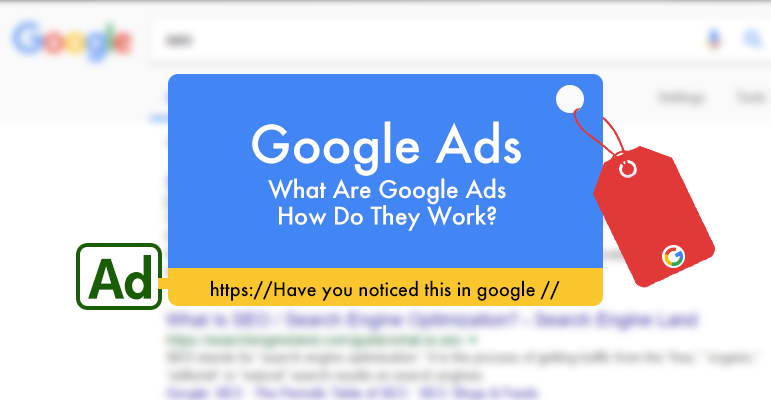I hope you enjoy reading this blog post.
If you want to get more traffic, Contact Us

Click Here - Free 30-Minute Strategy Session
Be quick! FREE spots are almost gone for this Month. Free Quote

Google Ads bidding strategies determine how advertisers allocate their budget to achieve campaign goals effectively. These strategies allow advertisers to control costs while maximising the impact of their ads. Each strategy aligns with specific business objectives, such as driving traffic, increasing conversions, or maximising return on investment (ROI).
Key options can be divided into two main categories:

Click Here – Free 30-Minute Strategy Session
Be quick! FREE spots are almost gone for this Month
Selecting the right strategy depends on campaign goals, budget, and performance data. Proper understanding ensures tailored execution for desired outcomes.
Selecting an effective bidding strategy in Google Ads directly impacts campaign performance. It determines how an advertiser’s budget is utilised and influences visibility, clicks, conversions, and return on investment. Google Ads offers diverse strategies, ranging from manual CPC to smart bidding techniques that use machine learning. Choosing incorrectly can lead to overspending or underperformance.
Advertisers must align their strategy with campaign objectives, whether driving traffic, raising awareness, or maximising conversions. Proper strategy prevents wasted ad spend and ensures optimum results. Factors such as audience behaviour, market competition, and campaign goals should be carefully analysed before making a choice. Transitioning strategies may also be necessary as objectives evolve.
Google Ads offers various bidding strategies tailored to specific campaign goals, focusing on clicks, impressions, conversions, or revenue. Advertisers can choose manual or automated approaches based on their needs and expertise.
Each bidding option aligns with unique advertising objectives, ensuring campaign efficiency. Transitioning between strategies requires careful consideration of performance metrics and goals.
Manual Cost-Per-Click (CPC) and automated bidding in Google Ads differ in terms of control, complexity, and performance optimisation strategies.
Transitioning between these methods may depend on campaign objectives, budget, and expertise.
Enhanced Cost-Per-Click (ECPC) is a bid strategy that blends manual control with automation, allowing advertisers to optimise their campaigns effectively. Unlike fully automated strategies, ECPC enables advertisers to set base CPC bids while allowing Google Ads to make real-time bid adjustments. These adjustments aim to increase conversions while adhering to the defined maximum CPC limits.
ECPC modifies bids based on signals such as device type, location, and browsing history. It is particularly effective for campaigns seeking incremental performance improvements while maintaining oversight. Advertisers retain control over bid caps but benefit from Google’s machine-learning capabilities to drive higher-value clicks. This strategy is compatible with both search and display campaigns, making it versatile.
Target CPA bidding focuses on achieving conversions at a specific cost-per-acquisition (CPA). This strategy is ideal for advertisers looking for consistent customer acquisition costs while optimising campaign efficiency. Google Ads utilises historical data and advanced algorithms to adjust bids dynamically, ensuring ads align with the target CPA set by the user.
Maximise Clicks is a fully automated bidding strategy designed to generate the highest possible website traffic within a set budget. It works by automatically adjusting bids for keywords, ad groups, or campaigns to achieve the maximum number of clicks. This method suits advertisers who prioritise traffic over cost per conversion or ROI.
Advertisers may benefit from this strategy when launching new campaigns, improving brand visibility, or gathering data for future optimisation.
Target Return on Ad Spend (ROAS) is a smart bidding strategy designed to maximise revenue by maintaining a specific return on advertising spend. This technique allows advertisers to focus on profitability rather than just traffic or clicks.
This is ideal for businesses prioritising revenue growth, such as e-commerce stores selling high-margin products.
To make the most of Google Ads campaigns, it’s essential to focus on high-value leads that directly contribute to business goals. Allocating budget and bids towards actions more likely to generate significant revenue ensures better returns. Google’s Maximise Conversion Value bidding strategy automatically adjusts bids based on user intent and historical data to optimise for higher-value transactions.
Businesses can boost effectiveness by integrating data from Google Ads Conversion Tracking or Google Analytics. To enhance precision, prioritising actions like purchases, sign-ups, or premium service subscriptions is recommended. Regularly monitoring performance reports helps refine the valuation of specific conversions to ensure alignment with business objectives.
Smart bidding leverages artificial intelligence to fine-tune bid strategies, ensuring campaigns maximise conversions while adhering to budget constraints. Google’s machine learning technology analyses vast amounts of historical data, such as device types, location, and time of day, predicting the likelihood of a conversion for each user.
AI-driven optimisation includes several key bidding strategies:
Through continuous real-time adjustments, smart bidding aims to maximise campaign efficiency. Implementing these automated strategies minimises guesswork and simplifies bid management.
When selecting a bidding strategy in Google Ads, budget plays a pivotal role in determining effectiveness. Each strategy aligns with specific cost structures, requiring careful allocation to maximise ROI.
Advertisers must align strategy choice with financial capacity and campaign objectives to drive success.
Selecting the right Google Ads bidding strategy depends on your business objectives and the type of campaigns you are running. Advertisers must align bidding methods with measurable goals, ensuring maximum return on investment.
Regular campaign performance reviews facilitate optimisation, ensuring chosen strategies consistently address shifting objectives and market dynamics.
Understanding and optimising Google Ads bidding requires precision, yet users often encounter challenges that hinder campaign performance. Key mistakes include:
Achieving long-term success with Google Ads bidding requires careful testing and consistent optimisation. Advertisers should experiment with different bidding strategies, allocating time to identify which approach aligns with campaign objectives. A/B testing can reveal valuable insights, such as how manual versus automated bidding impacts performance metrics like cost-per-click and conversion rates.
Tracking key performance indicators (KPIs) enables data-driven improvements, ensuring campaigns remain responsive to changing trends. Strategies must be refined regularly, keeping audience behaviour, competition, and industry dynamics in mind. Furthermore, analysing search term reports and reviewing quality scores can sharpen targeting efforts. Long-term achievement hinges on a proactive and iterative approach.

LEAVE A REPLY